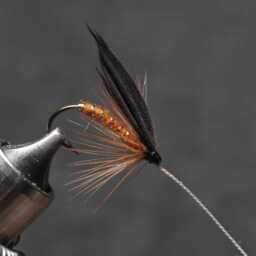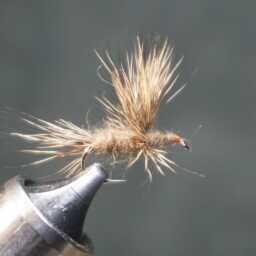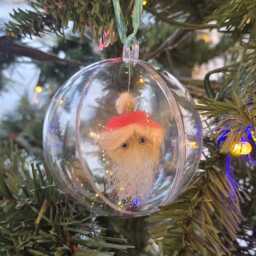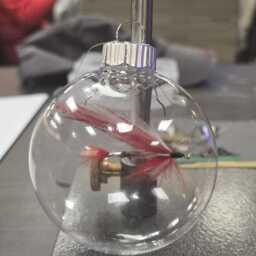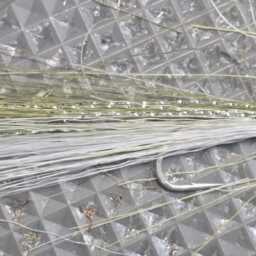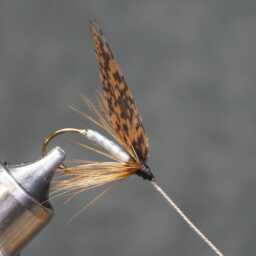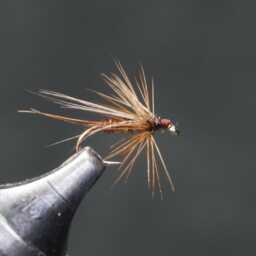The ruffed grouse (Bonasa umbellus) is a medium-sized, non-migratory game bird widely distributed from the Appalachian Mountains to Alaska, often confused with partridges. It’s the sole species in the genus Bonasa and the state game bird of Pennsylvania.
Weighing 450–750 g, measuring 40–50 cm in length, with a wingspan of 50–64 cm, ruffed grouse display two morphs: grey and brown. The plumage varies, favoring browner birds in warmer, humid conditions.
Both sexes exhibit ruffs on their neck sides, a crest on their heads, and similar markings, making them challenging to differentiate. Males tend to have unbroken tail bands, while females may display a broken subterminal tail band. Rump feathers with a single white dot indicate a female.
With an average lifespan of one year, ruffed grouse are polygynous, and males may mate with multiple females during the breeding season.
The feathers of a ruffed grouse, similar to those of a ringneck pheasant or Hungarian partridge, are valuable. The mottled pattern on grouse feathers and those off the wing shoulders are historically used for tying soft hackle wet flies. Grouse feathers can replace pheasant feathers in various fly patterns, like those suggested by Jack Gartside.
One specific pattern, the Breadcrust, utilizes the tail feather of a red phase ruffed grouse, though it’s recommended to view the bird type as a suggestion rather than a strict requirement.
On a different note, the cape of a ruffed grouse serves purposes similar to ringneck pheasants or Hungarian partridges, and the mottled pattern on grouse feathers is valuable. Feathers from the wings’ shoulders historically tie soft hackle wet flies, offering a unique look. Get creative with these materials for great tying experiences!
« Back to Glossary Index

